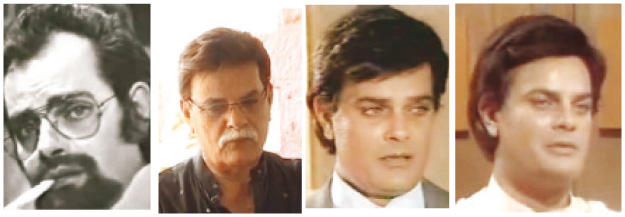In the month of August, everything goes green as Pakistani flags take to the skies in all parts of the world. From Karachi to Sydney, Pakistani communities hold celebrations of freedom, promoting the Quaid-e-Azam’s everlasting message of “unity, faith and discipline” globally.
Revelling in the spirit of Independence Day, homesick Pakistanis arrange festivals, parades, and concerts to celebrate with their fellow countrymen living abroad.
Streets and parks are covered with flags, garlands, little models of Minar-e-Pakistan and portraits of the Quaid, while not a single patriotic song is left unheard. With great enthusiasm and pride, which is sometimes missing within Pakistan itself, these non-resident Pakistanis send best wishes for their motherland. Here we take a look at some of the celebrations that take place across the globe.
United States of America
Residents in cities which host large Pakistani communities are preparing to commemorate their country’s independence with annual parades and festivals. Celebrations are to take place on August 26 in San Francisco and Brooklyn and on September 2 in Chicago in which proud Pakistanis try to do the best they can while living far away from home. Their spirits fly high as they sing patriotic songs and flaunt national colours while participating in festive activities, waving their flags in the air.
Canada
Celebrations are also in full swing in Toronto and Mississauga. A traditional Independence Day ceremony will be held on August 14 in Vaughan, including flag raising while singing the national anthem. The Pakistani community, with the help of the National Association of Multicultural Canada (NAM) has also succeeded in planning a two-day celebration festival from August 25 to August 26 at Mississauga Celebration Square. Their aim is to bring humwatan Pakistanis together to rejoice in the spirit of national pride and love while sending best wishes to their country.
Australia
In the land down under, a function organised by the Pakistan Association of Australia, Inc will be held on August 25 at the Grand Westella Reception Centre, in New South Wales. Members of the Pakistani community in Melbourne have also planned a ghazal night on August 27. Although the Pakistani community in Australia is relatively small, people manage to bring forth their patriotism and represent love, unity, and freedom in celebrating Pakistan’s birthday from a far away land.
Norway
Looking over to Oslo, the Pakistani community has arranged a multicultural event featuring world music, exhibitions, ethnic food, and entertainment on August 24 through August 26. The Pak-Norwegian community also recently held a mela, in which they presented Pakistani artists, games, and food stalls for the guests.
United Kingdom
Preparations to celebrate this auspicious event in different cities like Manchester, London, and Birmingham are also on the rise. Celebrations are usually held outdoors with live music, Pakistani food stalls, and flag-raising ceremonies. However, with the Olympic Games taking the spotlight this year, Independence Day celebrations have been pushed back to late August and early September.
Azad Jammu and Kashmir
Special prayers and a flag raising ceremony will also be held in Azad Jammu and Kashmir in the city of Muzaffarabad. Additionally, members of “Aman Ki Asha” have arranged for friendly celebrations at the gates of the Wagah-Attari border on August 14 and 15.
Thus, it is seen that the Pakistani spirit lives on in the hearts of Pakistanis across the globe, who take pride in representing their country wherever they may be. From decorating homes and waving flags, to screaming “Pakistan Zindabad” and singing patriotic songs at the top of their voice, Pakistanis celebrate their homeland’s 65th birthday globally with pride.
Published in The Express Tribune, August 14th, 2012.














